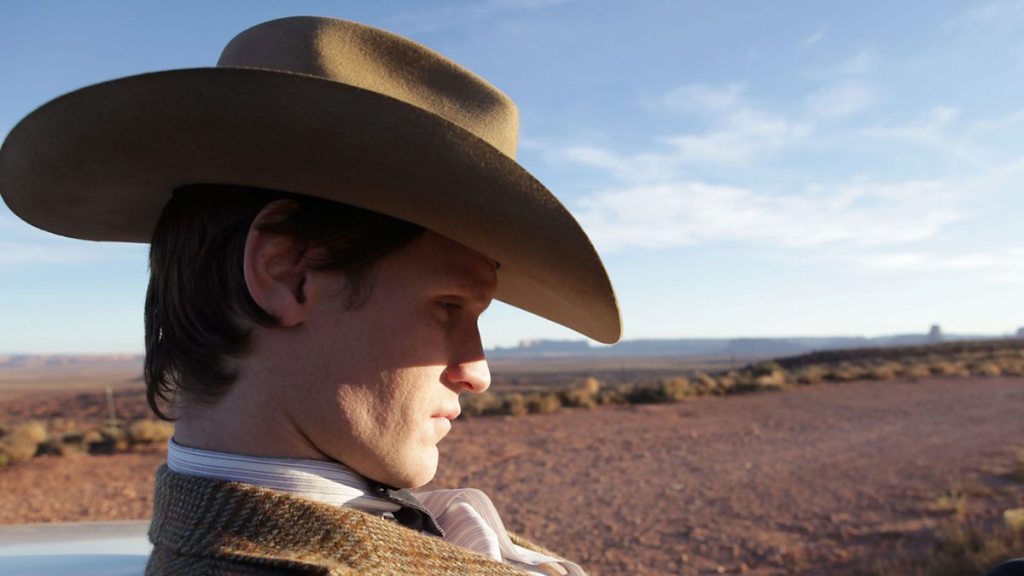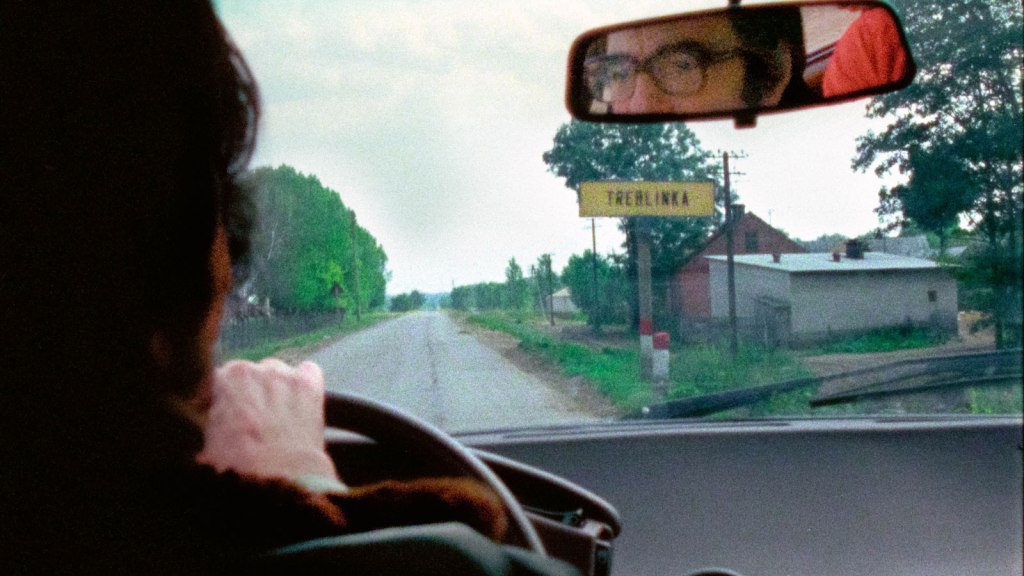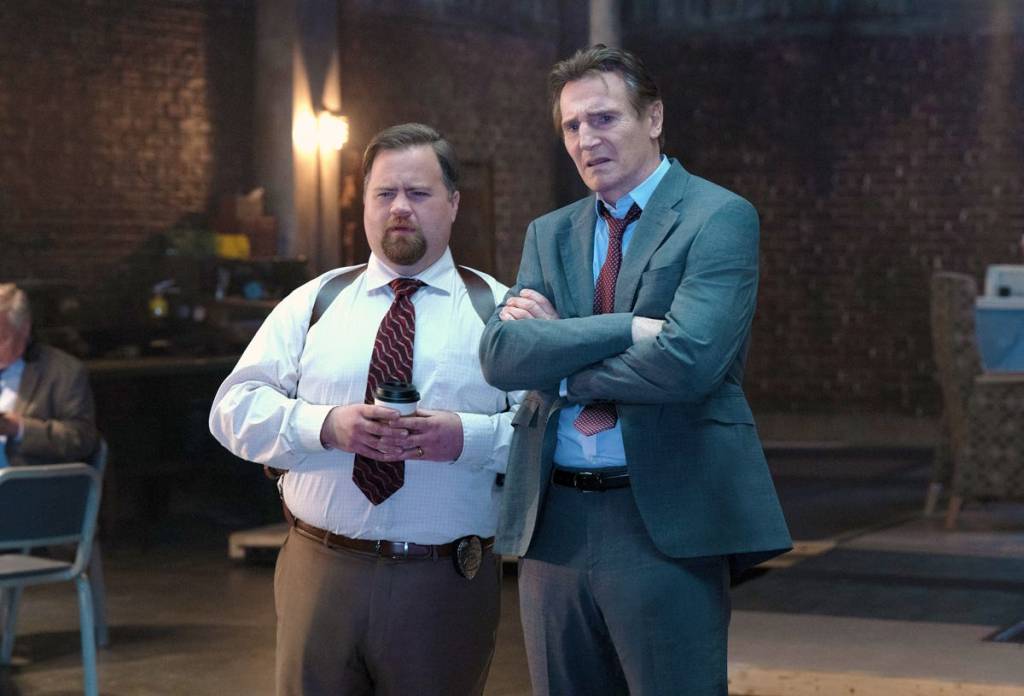First broadcast 23 April 2011.
Without exaggeration I think Season 5 of Doctor Who was one of the best that the series ever had. It adopted a new visual aesthetic, a markedly different take on the Doctor’s character, and a far more ambitious approach to storytelling – both short-term and long. Not only was it met with popular success, it was by-and-large critically praised as well. No surprise, then, that for the second time around for writer/producer Stephen Moffat attempted something even more ambitious. If Season 5 was Doctor Who firing on all cylinders, Season 6 was a bold attempt to exceed that success. It takes even greater narrative risks. Whereas Season 5 presented an exciting sequential mystery, slowly building on each story element towards its finale, Season 6 opens a complicated puzzle box from the outset. Season premiere “The Impossible Astronaut”, written by Moffat and directed by Toby Haynes, throws several mysteries at the audience at once – and it does so with a confidence bordering on cocky.
The mysteries are set up here, but of course they are largely not resolved for another 12 episodes. It is really only possible to appreciate the set-up since “The Impossible Astronaut” – and its second part “Day of the Moon” – intentionally lack a proper resolution. It would be unfair to judge the episodes on anything other than their own terms.
The season begins big and outlandish, with a deliberately ‘noisy’ Doctor leaving evidence of his travels everywhere he goes. It even has a roaring Restoration aristocrat demanding to know the Doctor’s name, with the most obvious pun ever: ‘Doctor who?’ It seems silly and over-the-top, maybe it is over-the-top, but both elements of the prologue become a lot more relevant in retrospect.
A series of anonymous invitations unite the Doctor (Matt Smith) and friends Amy (Karen Gillen), Rory (Arthur Darvill), and River (Alex Kingston) to Utah. Shortly after their reunion, while sharing a picnic by a lake, the Doctor is visited and then murdered by an anonymous astronaut that emerges from the water. His shocked companions are immediately interrupted by an old man, introducing himself as Canton Everett Delaware III (W. Morgan Sheppard), who helps them burn the Doctor’s body. At a local diner, Amy, Rory, and River unexpectedly encounter the Doctor again – only this time he is centuries younger, unaware of his future demise, and in receipt of an invitation of his own.
It is a hell of a lot of activity with which to begin the season. On the one hand, it is rich with exceptional visual imagery: the astronaut in the lake is superbly weird, and the TARDIS-blue invitations are a hugely evocative element. At the same time it feels critically flawed, because at no point does the audience believe the Doctor’s future death is inevitable. Had Moffat sculpted his story arc around any other cast member in the series, the tension would have been superb. Instead the tension dissipates as soon as the arc begins, and becomes a hunt for an explanation rather than a race to change history. It all looks great, but feels hollow.
From here the episode tracks back to 1969 Washington DC, clearly aligned to the moon landings that July. It’s a historical event that the series has not previously utilised directly, but viewers expecting a “Doctor meets Neil Armstrong” episode may be surprised at its partial focus on US President Richard Nixon (played by Stuart Milligan) instead. It is an odd element on which to focus, since both this and the following episode exploit his real-life criminal behaviour for humour rather than actually portray him as a terrible person. In many ways it reflects Season 5’s use of Winston Churchill, since he too was bowdlerized for narrative purposes.
In a casting stroke of genius, the 1969 version of Canton Delaware is played by Mark Sheppard, W. Morgan Sheppard’s son. Both actors have cult television credentials to attract the fans: the younger via Firefly and Supernatural, and the elder via Max Headroom and Babylon 5, among other things. Mark Sheppard is excellent here. It is a small shame his character has never been used again.
This is an episode packed with iconic potential, whether it is the recurring scenes of a young girl somehow directly telephoning the President for help, or the introduction of new alien menace the Silents. They seem based on a particularly Moffat-esque premise: a monster that you forgot about whenever you’re not directly looking at it. It is a smart variation on Moffat’s popular Weeping Angels, and is worked for maximum effect here. They even look superb, with a design akin to the traditional UFO sighting “greys” mixed with the mythical “men in black” of American conspiracy theories.
Skip this paragraph if you’ve not seen the episode before, but for the rest of us: “The Impossible Astronaut” arguably captures Steven Moffat at his most narratively perverse. Since his first episode as writer he has been growing more and more confident in wrapping his stories around time travel concepts. Here the storyline is wrapped into so many knots that it features – at one moment or not – two versions of the Doctor, two Cantons, and four Rivers (adult River, astronaut River, little girl River, and foetus River).
“The Impossible Astronaut” is a big, ambitious opening episode that makes its audience a lot of promises – only some of which will be satisfactorily kept.




Leave a comment